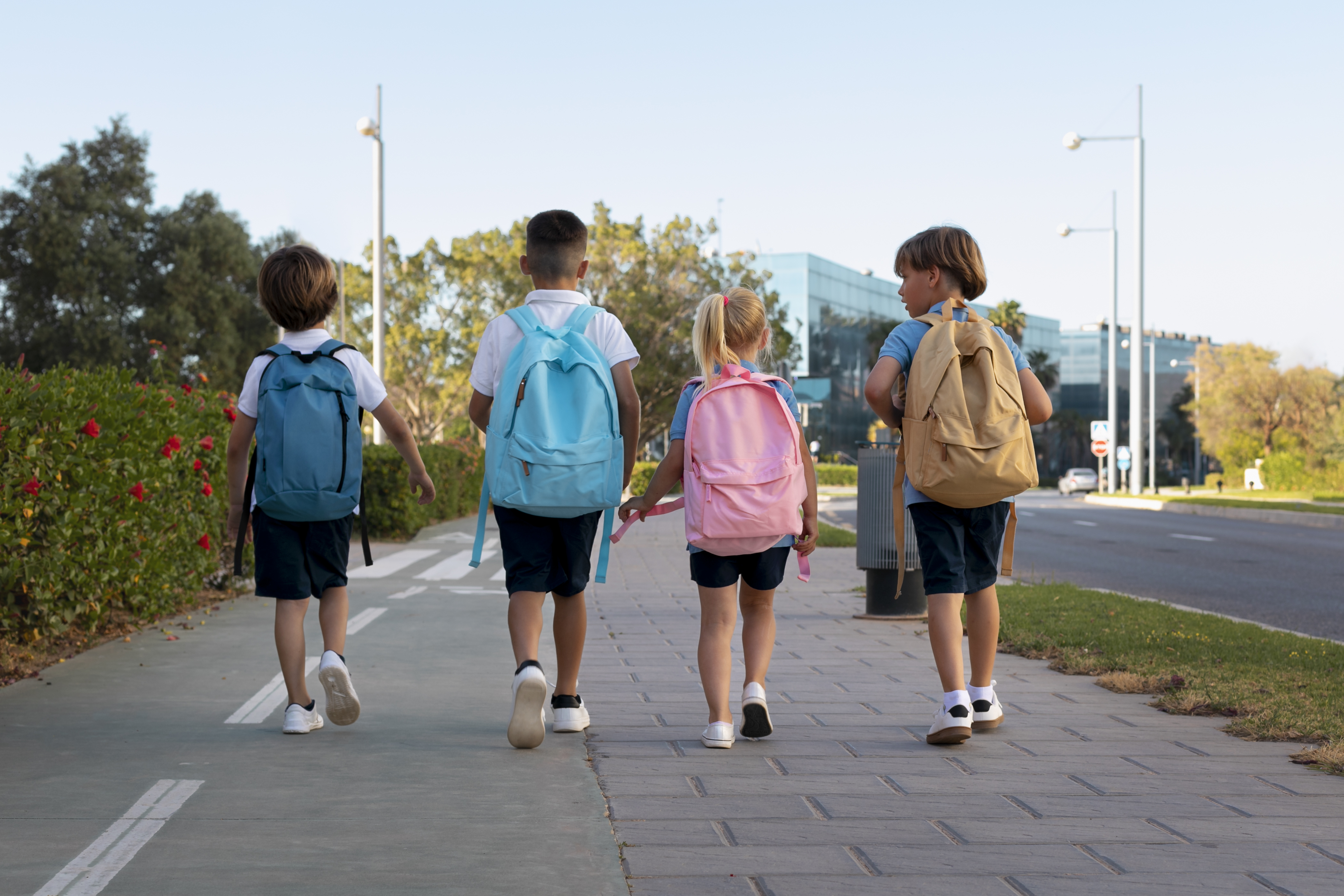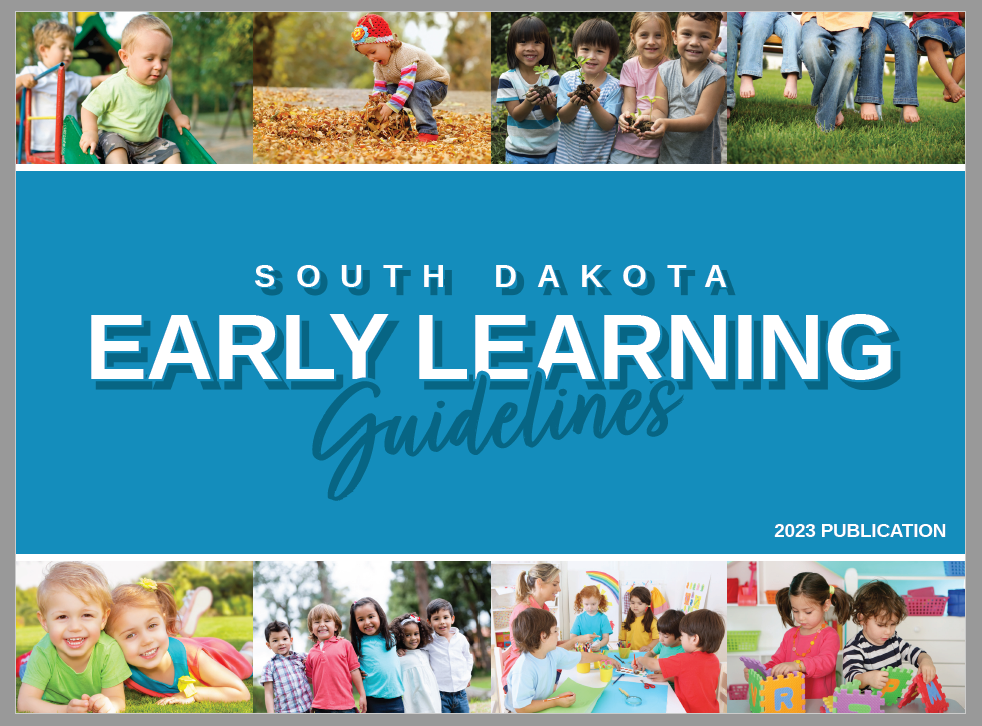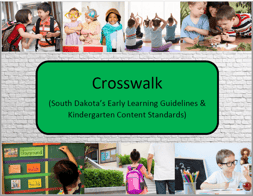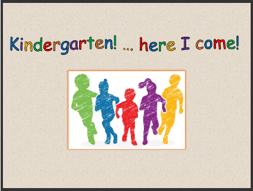
Transition to Kindergarten
Transition to Kindergarten
Definition
Transitions represent periods or stages of change and can often bring out feelings of uncertainty. In early learning environments, children experience several transitions throughout their daily routines. These can be as simple as going from home to another care setting to moving from one house to another. Each transition presents an opportunity for children to adapt and grow, but it's essential to acknowledge and support them through these changes to ensure a smooth and positive experience.
What does it mean to be school ready?
School readiness means that children are ready for school, families are ready to support their child's learning, and schools are ready for children. Readiness can also mean that children possess the skills, knowledge, and attitudes necessary for success in school and for later learning and life. Physical, cognitive, social, and emotional development are all essential ingredients of school readiness.
Whether a child attends a center-based preschool setting, a home-based preschool setting, a Head Start, or parent-driven teachings, early "school" experiences can provide stability and consistency between settings for children.
What makes for a successful transition?
When collaboration and connections are strong, transitions can be effective for children and families as they make the move to kindergarten. When these transitions are successful, children and families are more likely to experience better long-term school success.
Children's Books About Kindergarten
For Parents
Your Child is Going to Kindergarten: Making the Move Together
Su hijo va a ingresar a kindergarten: Hagamos juntos el cambio
Transition to Kindergarten: Activity Calendar for Families
Transición a Kindergarten: Calendario de actividades para las familias
Kindergarten Transition Fam Jam Podcast: SD Statewide Family Engagement Center - Episode 07 (26:13)
For Educators
Early Childhood Transitions: Supporting Children and Families
Transition to Kindergarten: Activity Calendar for Educators
Transición a kindergarten: Calendario de actividades para educadores
Leadership Practices for Successful Transitions to Kindergarten
Supporting Children Who Are Dual Language Learners Through Transition to Kindergarten
Download the SDELG - SD Kindergarten Standards Crosswalk
Ensure students experience consistency as they move from early learning to elementary learning.
Create school readiness and build a foundation for later academic and social competence.
Use to support precursor learning skills and/or recognize expectations of early childhood development.
Use to support individualized curriculum activities, observations, and assessments.
Download the (HSELOF) Head Start Early Learning Outcomes Framework - SDELG - SD Kindergarten Standards Crosswalk
Ensure students experience consistency as they move from Head Start to elementary learning.
Create school readiness and build a foundation for later academic and social competence.
Use to support precursor learning skills and/or recognize expectations of early childhood development.
Use to support individualized curriculum activities, observations, and assessments that align with the HSELOF.
Download the Kindergarten Transition Activities Calendar
Prepare your child for kindergarten with this Kindergarten Transition Calendar. This non-numbered calendar will provide simple activities that can be done at home, in the community, and wherever there are learning opportunities.




